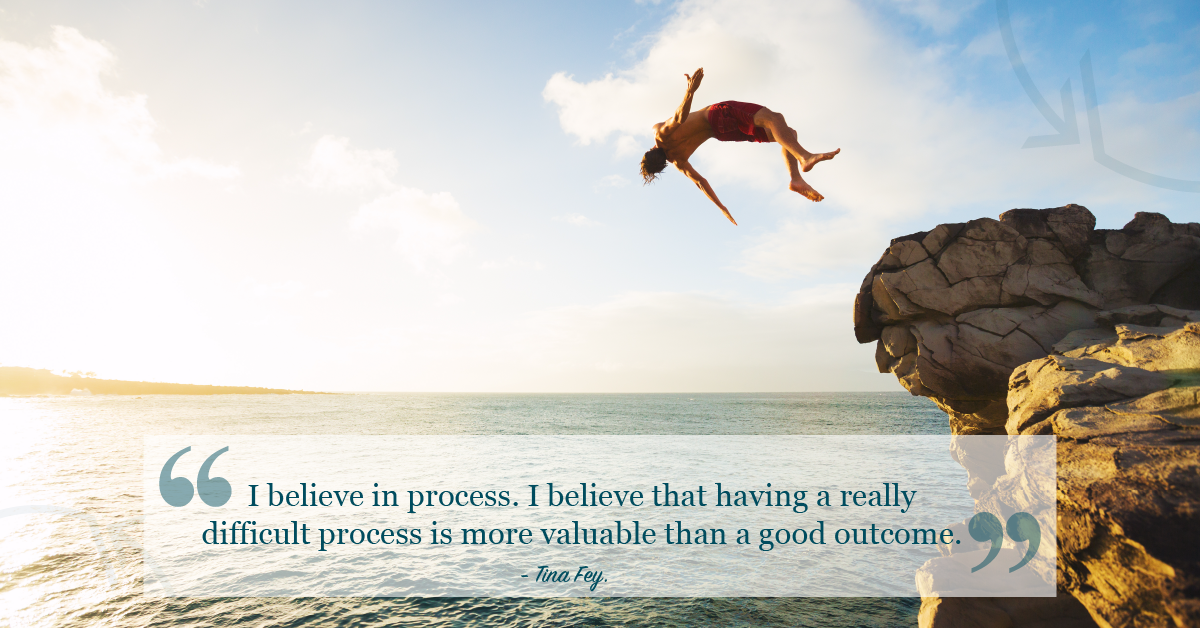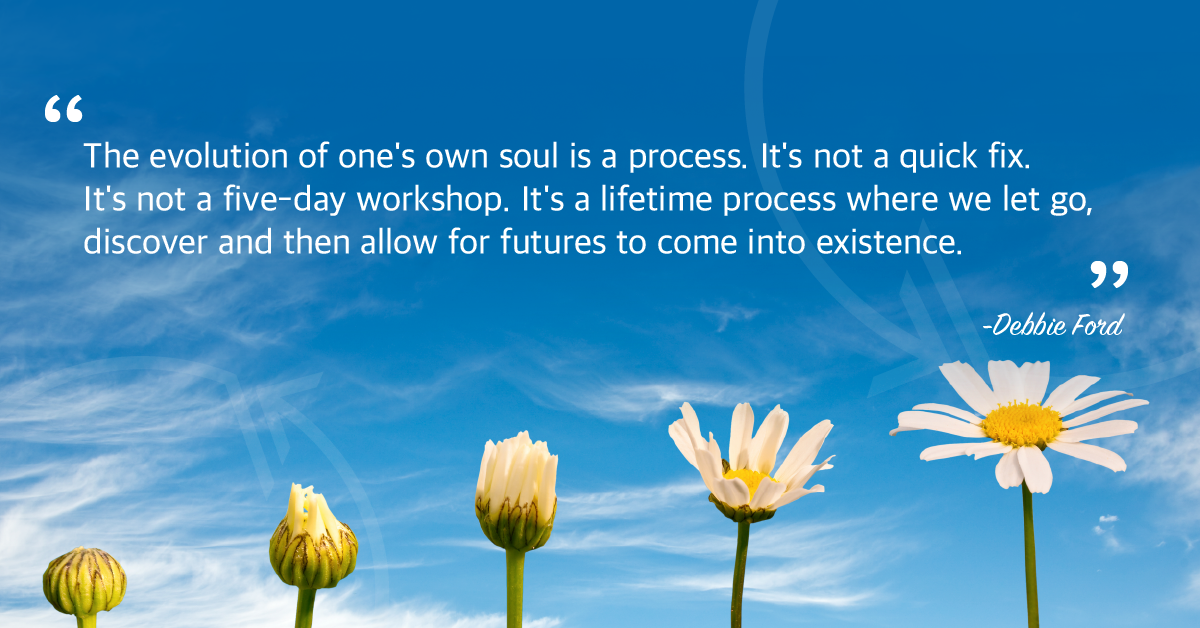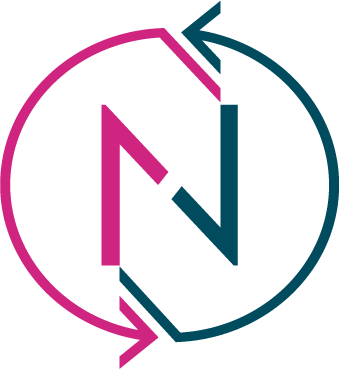
What appears to be an overnight success is but a series of failed attempts and course corrections along the way. If building and growing a sustainable business is your worthwhile goal, and it should, then you need to think of your business in terms of a marathon not a sprint. The path to getting to this destination is never an orderly and straight path, but rather an arduous and tricky one. Even Worse, The path is ready to kill your pursuit if you disregard the warning signs. Think of your business as a spaceship that is planning to land on the moon. To reach its destination, studies show, the spaceship is on track 3% of the time, the remaining 97% it is off track until finally reaches its destination.
Related: How Your Focus On The Process Is More Fulfilling
Pivoting in business is no different from the spaceship. You need a breakthrough idea that will push your business forward. You launch your product on a large scale, expecting in the process to yield returns. Your attachment to your original idea is undeniable and so is the huge investment you allocate in terms of your time, energy and money. When things go contrary to your expectations, you tend to motivate yourself and rationalize about the power of perseverance and tenacity that will keep you focused - which is the wrong thing to do. Perseverance when you are “off track” will get you away from your destination. The best choice to make is to be a good soldier: one who knows when to quit the lethal path that gets him nowhere, and change direction to reach his destination. The good soldier knows when to quit and the astute business startup knows when to pivot.
Related: The First Step to Turnaround Your Life’s Painful Experiences
Pivoting starts when your business model fails to make money. Ignoring to pivot, according to CB Insights, is the No. 13 reason of the top 20 reasons for the failing startup businesses. Lessons learned out of this failure to pivot are somehow abstract. Some say it’s the result of not focusing on what you do best. Others say it’s the hypotheses that are not tested; a third group says it’s the result of not understanding what the customer really, really needs. I agree. Still, I tend to go deeper and reverse engineer a successful brand that was once a disaster. I mean Instagram. The story is a manifestation of the inevitability of the early failure; or as Systrom eloquently put it: “It’s all about going through false starts.” But, who is this Systrom to make such a claim?

Instagram was once a Burbn. KevinSystrom, the co-founder of Burbn, along with Mike Krieger created a location-based iPhone app. He put in about a year’s worth of work into burbn in order to finally build this complete native iPhone app. When launching it in the market, Systrom let users check in at particular location, make plans for future check-ins, and post pictures of the meet-ups. The app was, according to customers, too complicated: having “a jumble of features that made it confusing.” The foundational insight that will make a breakthough, as Systrom reflected, should come only from his users. That’s the first lesson learned: When the feedback from the market place is negative, it’s high time to pivot and change direction.
The second lesson learned is to build on the insight that comes from the market. How? Customer’s feedback was that the app is complicated. Systrom starts paying attention to how people are using it. That’s how he brought his co-founder Mike to help him analyze each customer experience and determine how his customers are using Burbn. To their amazement, they found that the customers that use the app are reluctant to use the check-in feature and not even interested in earning points for hanging out with friends. Users were using the app’s photo-sharing features. Systrom notes that “they were posting and sharing photos like crazy.”

The third and powerful lesson learned is to focus on only one thing and be the best at it. In Burbn’s case, it is the behavior of their users and their interest in photo sharing. Systrom and Mike decided to pivot: throw the whole thing away and start all over with focusing on building only one thing. That thing is: building a photo-sharing infrastructure and excluding everything else. After 4 months of experimenting and prototyping, they released their photo-sharing app. They changed, then, their product from Burbn to Instagram.
The rest is history. The new picture sharing service, Instagram, was phenomenal in a short time. A week after its launch, it had 100,000 users. Two weeks after is reached 300,000 users. Within a year and half, Facebook had acquired Instagram for $1 Billion in cash and stock. Systrom has a final say to the aspiring startups: “Burbn was a false start. The best companies in the world have all had predecessors. YouTube was a dating site. You always have to evolve into something else.” That’s the power of pivoting.
The overnight success of a brand is a series of tireless corrections. The process starts off with testing your assumptions on a small scale to, or not to, apply them on a larger scale. Getting the feedback from the market place and deeply analyzing it helps you evaluate and pivot into another direction that meets your customers’ needs and make money in the process. Only then can your business grow and be sustainable.



